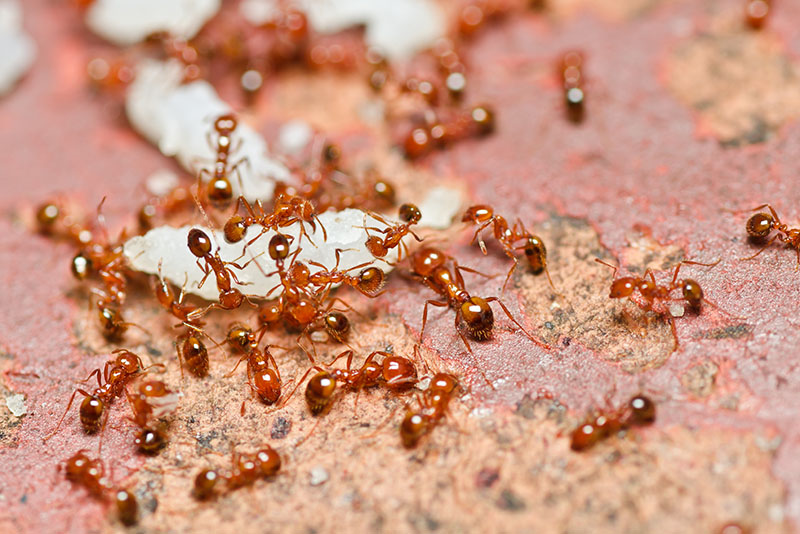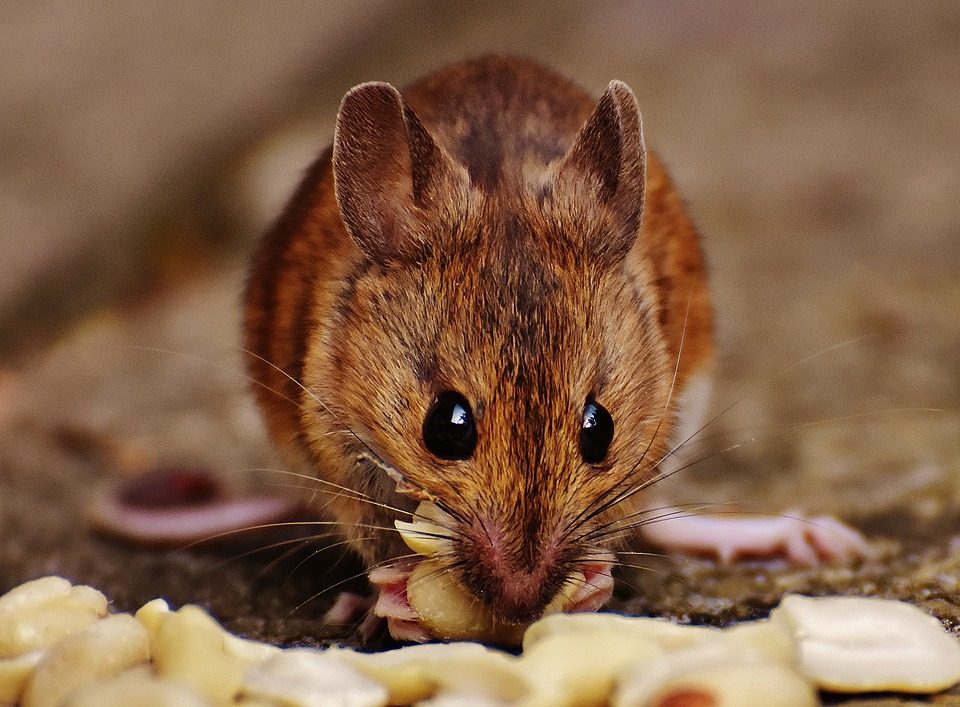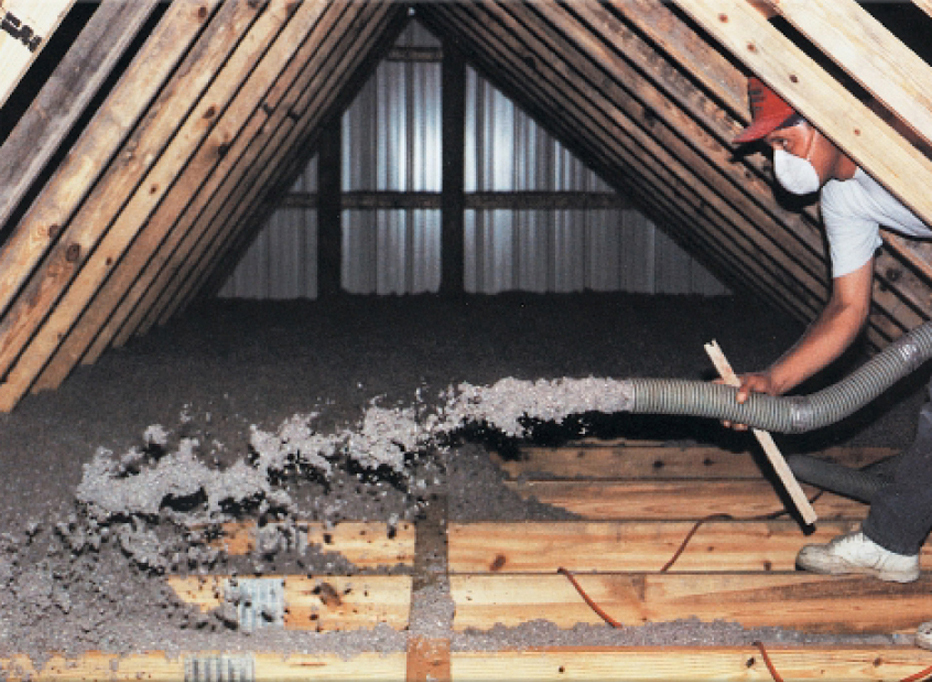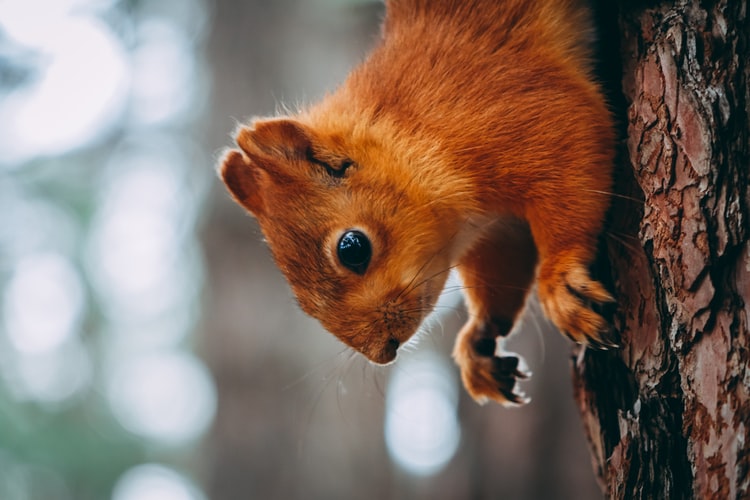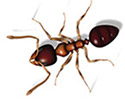

Mosquitos – Year-Round Problem Here in Georgia
June 15, 2021
Get Rid of Nuisance Wildlife Humanely
August 15, 2021Ants can be a big nuisance inside your home and in your yard. They will go anywhere they can find food sources and shelter. Once they invade a space, ants can be difficult to get rid of, especially in warmer months. During the summer, ants can run rampant through your home to find food and avoid the heat.
Advanced Services Pest Control suggests these prevention tips to eliminate warm-weather ants:
Eliminate Nesting Sites: Success in long-term ant management begins by preventing ants from breeding in or around your home. Remove excess vegetation, old landscape material, yard debris and similar material that is commonly used a nesting or breeding site.
Eliminate Sources of Water: Like all living creatures, ants need water to survive and are often drawn to easy water sources. Control moisture by using a dehumidifier in attics, crawl spaces and basements. You should also repair leaking pipes, and routinely check under sinks for areas of moisture.
Remove Food Sources: Ants also need food. In fact, they can by voracious eaters. The best prevention method is to keep your kitchen clean. Make sure trash cans have tightly fitting lids; wipe down countertops; sweep the floor; and store food in sealed containers.
Eliminate Access Points: In other words, don’t let ants in your house. Keep trees and bushed trimmed away from your house; seal cracks around doorways, windows, foundations and where utility pipes and wires go through walls.
Call the Professionals
If you see ants in your home or yard, you can effectively eliminate them by calling the experts: Team Bugstopper at Advanced Services Pest Control. With years of experience and extensive training, our technicians provide a variety of services for your home and yard to eliminate fleas, mosquitoes, flying insects and, of course, ants.



